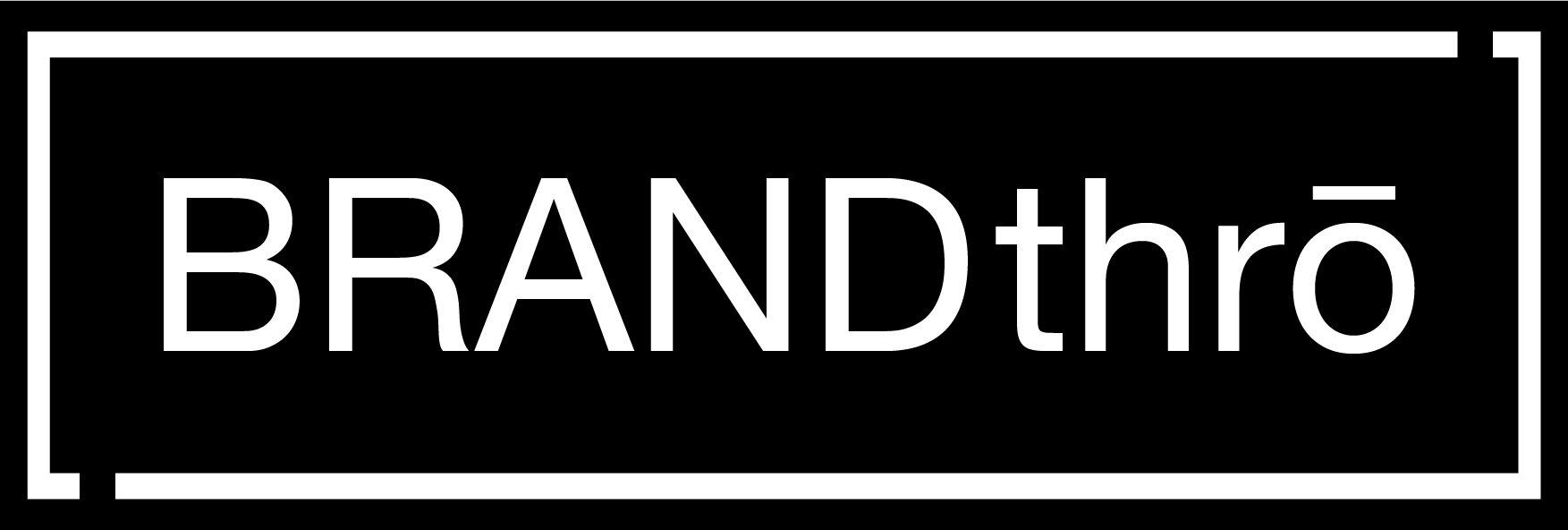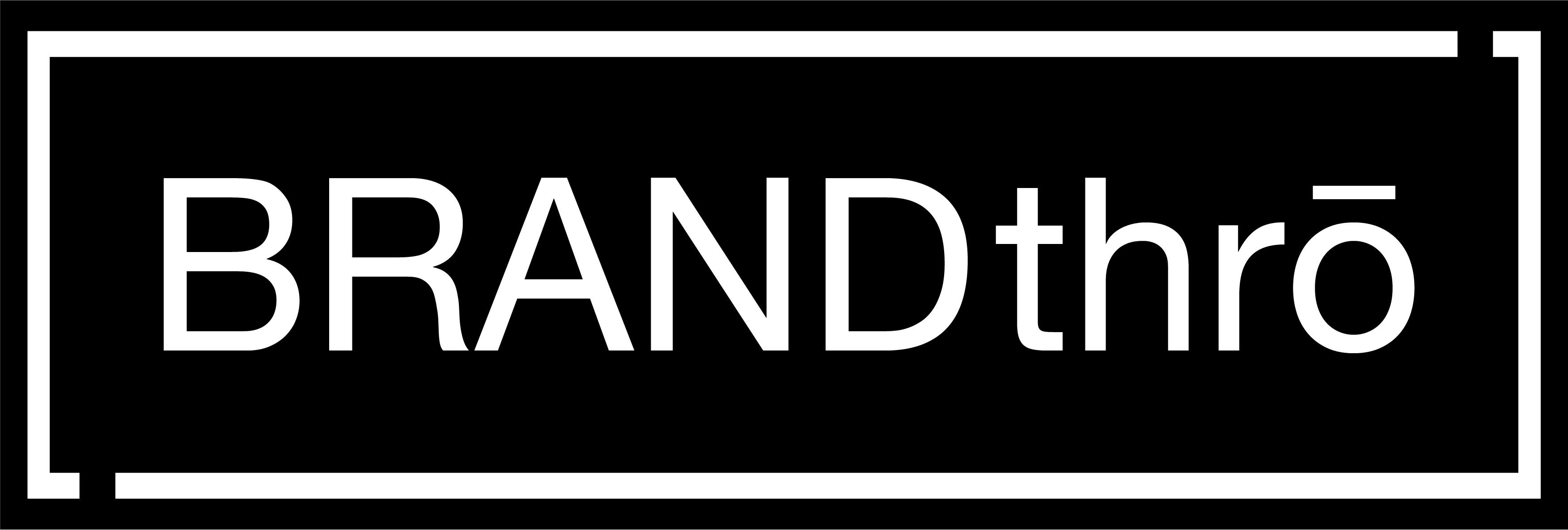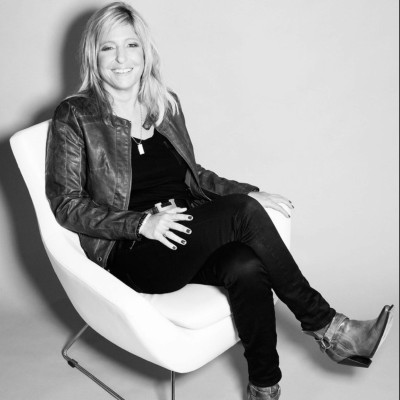Our Conversation with Samsung Next’s Angie Lee
We are headed toward a market correction which will dial down breakneck speed transformation and in its place will emerge a disruptive era, where change occurs, but does so in a more measured way. It seems that after the pandemic accelerated the pace of transformation, while also ratcheting up consumer expectation, brands need to take a beat to process the enormity of the shifts that have occurred and begin to finely hone them into strategic acts of disruption.

Angie Lee sat down with BRANDthrō co-founder Billee Howard for her ‘A Conversation With’ column, originally published on Forbes.com.
Because of this watershed moment, I thought it would be helpful to speak to someone who has sat at the intersection of measured innovation and fast-moving transformation her whole career, as well as most specifically in her new role as Global Head of Brand + Marketing for Samsung Next. Angie Lee is a career marketer who has a unique perspective on how to take the best of the past and marry it with the future, while also building teams that have the qualities of both startups and legacy brands. She is an industry veteran having served as a senior marketer at brands such as Industrious, General Assembly and IDEO. Following is a recap of our conversation:
Billee Howard: Awesome to be speaking with you Angie! Let’s start out with you telling me about your role at Samsung Next and some key trends that you’re seeing.
Angie Lee: Great to be catching up, Billee. To start, let me explain that Samsung Next is the organization within Samsung that’s focused on investing, acquiring and partnering with the world’s boldest startups. We are really focused on a longer time horizon where we help shape the future by identifying trends that point to the direction where technology is headed.
I’m the Global Head of Brand & Marketing and have two key areas of focus. The first is making sure that the story about what Next does and what we hope to achieve is crystal clear to external audiences. We’re focused on making sure that as a brand, we are growing our presence in the tech community, especially with Founders. The second part of my role is really supporting our portfolio companies. When you join the Next ecosystem, you enter a community of world-class founders and corporate partners who are actively shaping the future of technology. I lead a brand marketing communications practice that provides consulting services for all of our portfolio companies, at no charge to them.
Howard: With that really unique vantage point and going back to a lot of what we discussed in our initial conversation, I’d like to talk about the market correction point we are at right now where we are really needing to find a balance between steady transactional innovation and breakneck speed transformation. What I’m calling it is a new point of disruptive leadership and time for measured change. What are your thoughts on that?
Lee: I love the fact you brought this up, because I think it’s something that we’re seeing broadly across the industry. My career has actually spanned both corporations and startups. What’s so interesting is that both sides tend to downplay the experiences or the benefits of working in the other. For example, I’ve lost count of the number of times I’ve heard: “OK, you’ve done a great job, Mr. Founder; now it’s time to bring in the grown-ups.” The suggestion being that you need to have a corporate leader to come in with more corporate experience to shepherd the company into the next stage of growth. This is such a disservice to the immense effort that all of these founders have put forth. They’ve taken on challenges of disrupting an industry and come up with entirely new business models to think about a new way of serving consumers worldwide.
Conversely, you often hear a startup say “We don’t want to work with corporations because they’re slow and don’t have the capacity for innovation.” However, I think that we all know companies like 3M and others have a long legacy of innovation. Take even Samsung, which has an immense legacy of innovation, having grown from humble roots of selling dried anchovies and groceries, to becoming a mega conglomerate. I think to your point, what we need is to have some moderation in between. The best things happen at the intersection of those two, which embraces change, experimentation and a mindset of disruption, with also the measured discipline and resources that come along with a large company. I think that there is an opportunity for us to redefine innovation and transformation through a lens of disruption, which is a form of moderation versus either extreme.
Howard: Excellent points and very well said. If you had to identify the top qualities to take from both startups and legacy companies to best meet the new era of disruption that is upon us, what would they be?
Lee: I think that’s a great point. To come up with that form of moderation in that in-between point, you have to cherry pick and hopefully find ways of integrating the best qualities and the best processes from both sides. What makes startups so powerful and unique are their appetite to disrupt classic industries. This comes from their willingness to approach solutions to problems from a different perspective. They are not being weighed down from how things have been done in the past, and can focus on how things can be done in the future. It’s just a totally different mindset and I think that that’s actually quite powerful. The other quality is really to embrace the idea of experimentation and iteration. In the sense, what I’ve observed is that with startups, you often have less of a fear of failure. You’re willing to listen to market feedback and then quickly iterate on that original approach as a process, as opposed to often being weighed down by processes and established ways of working.
On the flip side of that, I really appreciate that corporations have the rigor and discipline that comes along with planning; that comes with really measured thought. So on one hand, you might say, let’s run this experiment. Yet, there’s a complement to that, too, where people could say, well, how do we design the experiment to be as thoughtful and to be as measured as possible across our many different stakeholders? That discipline, while it may slow down the process at times, actually improves the employee experience. One of the biggest pain points for employees in startups is the whiplash, how the whims and fancies of individuals are changing their minds. You’ve really got to have a more measured approach to change. Big companies think more strategically and really take the time to think through the design processes and community response to it.
Howard: Lastly, what I want to get into, especially from where you sit, are key technologies that marketers, or leading organizations overall, need to stay abreast of over the coming 12 to 18 months so that they can drive disruption and also do what you and I both have a passion for, which is striking that right balance between art and science.
Lee: Yeah, that’s always a tough one, because everyone wants to know if there is some kind of clear line with that when evaluating different opportunities that come our way. I think the adage that often comes to mind is what got me here won’t get me there, in the sense that when you get to a certain point in your career working in brand and marketing, you often say, you know, I’ve been successful because I’ve done things a certain way. It is much easier to say, let me point to these things in the past that were successful and then I can say that these same things will also be successful moving forward.
However, you can’t ignore that disruptive technology will redefine the ways we all will work and live. For example, take blockchain. A lot of people didn’t understand how blockchain could be applied and they were quick to label it as a trend. Even today, there are naysayers who dismiss crypto because of its volatility. That’s a really dangerous mindset for everyone, especially marketers because they are missing the fact that these new technologies will change the way people engage with the world. And if you don’t understand your customers then you miss out on an opportunity to excite or inspire them.
I think the second area that’s driving this factor is the fact that demographics, as we all know, continue to press forward and are constantly evolving. The next generation of leaders are emerging in the space and they understand that consumer values are changing as quickly as their expectations. As a result, they’re going to be making decisions differently. I think brand marketers really need to constantly challenge themselves to be open to really listening and seeing the sense of possibility with different platforms, with different opportunities for marketing and communication and storytelling to consumers.
My way of approaching new technology is with a form of moderation. I would say you should treat it as an and, not an or. For example, I do not have to trade offThe New York Times for a Substack strategy. One does not have to say let’s completely abandon conferences so that we can focus on some of these new emerging technologies or platforms for social media. One has to say, “how might those two be complementary? How might this different tactic complement more traditional means so that you can then do the right level of experimentation?”
More practically speaking, what this means is allocating a certain amount of your budget as just a pool for experimentation. Or assigning projects to members of your team who get really excited about emerging technologies and giving them some freedom to test new things out. This way you can continue to learn and gather those insights and feed them back into your strategy in an iterative way.





